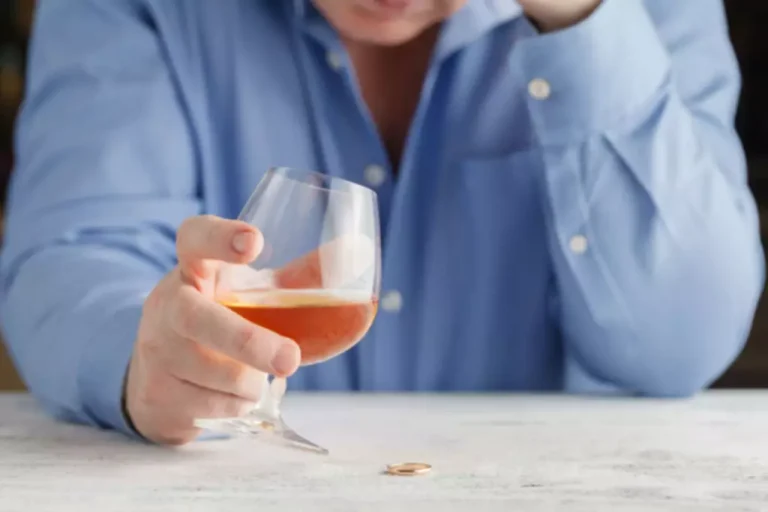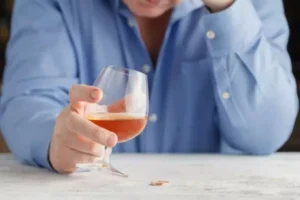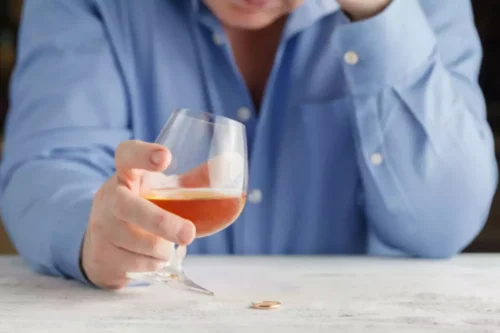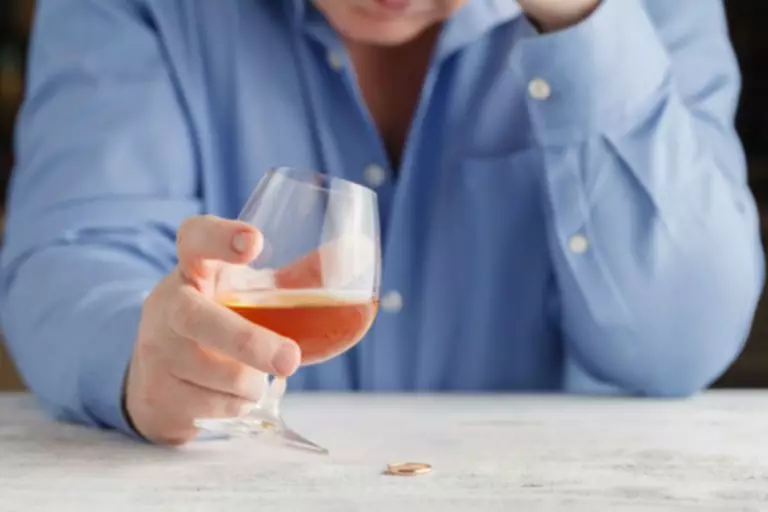
When they drink, their maximum number of drinks is 17, the highest of any subtype of alcoholic. Close to 80 percent of chronic severe alcoholics have a genetic and familial link to alcoholism, meaning that a close family member also suffered, or suffers, from alcoholism. Chronic severe alcoholics abuse other drugs at higher rates than the other subtypes of alcoholics as well.
Get Help for Alcohol Addiction in Las Vegas
- The effects of this type of drinking can be devastating, not just on the individual but also on their family and friends.
- Members of this group generally start drinking later (around 18) and develop an alcohol dependence later (around 37).
- While moderate drinking may not necessarily lead to addiction, it’s important to note that individuals with a family history of alcoholism or other risk factors may be more susceptible to developing the disease.
By exploring each category in depth, you’ll better understand the complexities surrounding alcoholism. You’ll also know why it requires special treatment for successful recovery. Alcohol impacts brain chemistry, and regular exposure to the mind-altering substance may actually change the way the brain’s circuitry works.
The 5 Types Of Alcoholics
Their disease can continue for years until a severe, alcohol-related problem in their health or relationships arises. With the highest education and income levels of all alcoholic types, they are predominately middle-aged (around 41), male (60%), and married (about 50%). They usually develop an alcohol dependency in their late 30s, later than other subtypes, and experience moderate rates of depression. While the chronic severe subtype is the rarest category, with only 9.2% of alcoholics, it’s considered the most dangerous form of alcoholism. Members of this group tend to start drinking young, by age 15, but they generally don’t develop a dependence until their late 20’s. Folks within the intermediate familial subtype account for 19% of alcoholics.

Environmental factors
- The chronic severe subtype is the smallest but most severe of all the categories of alcoholism.
- The young antisocial alcoholic is typically male and may have a history of behavioral problems and criminal activity.
- Of all subtypes, the functional subtype is the least likely to have legal problems; they are the least likely to report problems due to their drinking.
- More than three-quarters of young antisocial alcoholics are male, and about 15 percent are married.
- However, while they are “functional” in a sense, they are still suffering from addiction.
The Young Antisocial 5 types of alcoholics subtype is characterized by individuals who not only struggle with alcoholism but also exhibit antisocial behaviors. These individuals often have a history of conduct disorder or oppositional defiant disorder during childhood. They may engage in impulsive and risky behaviors, and their alcohol use may be intertwined with legal issues and criminal activities.
While approximately 15 million American adults suffer from alcohol use disorder, fewer than 1 in 10 typically seek treatment for addiction. Five types of alcoholics exist, and the type can influence whether or not people choose to seek treatment for their addiction. It also can determine whether a certain type of treatment will be more effective than another. By having a better understanding of what type of alcoholic you may be, it can be easier to recognize that you would benefit from an alcohol addiction treatment program.
Get Help With Alcohol Addiction

It is essential to have a clear understanding of alcoholism to address its impact on individuals, families, and society as a whole. This section will explore the definition of alcoholism, the spectrum of alcohol use disorder, and the importance of identifying different types of alcoholics. The intermediate subtype of alcoholism can be identified by a significant family history of addiction and a higher probability of co-occurring mental health disorders.


Family members may experience feelings of guilt, anger, and frustration as they try to understand and cope with their loved one’s addiction. Enter your https://ecosoberhouse.com/article/making-living-amends-during-addiction-recovery/ phone number below to receive a free and confidential call from a treatment provider. If you’re seeking help for yourself or a loved one, our expert team is here to guide you every step of the way. The NIAAA researchers found that there were five distinct patterns ofalcohol dependence. Binge drinking equates to roughly five drinks for men and four for women within two hours. However, these numbers can vary depending on your alcohol tolerance and other biological responses.

 Cart is empty
Cart is empty